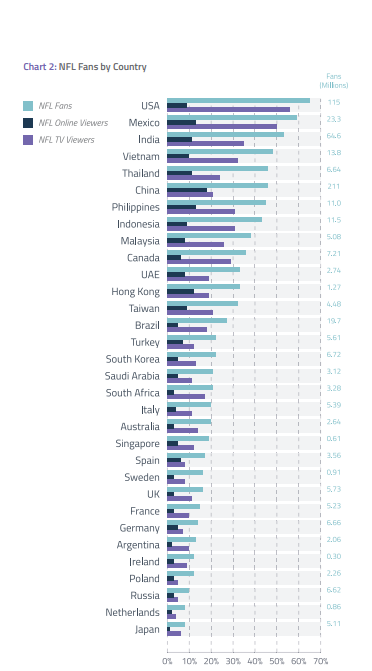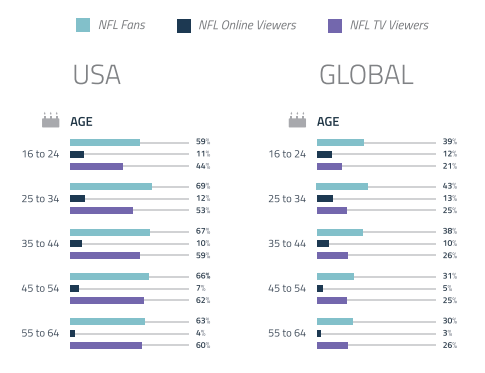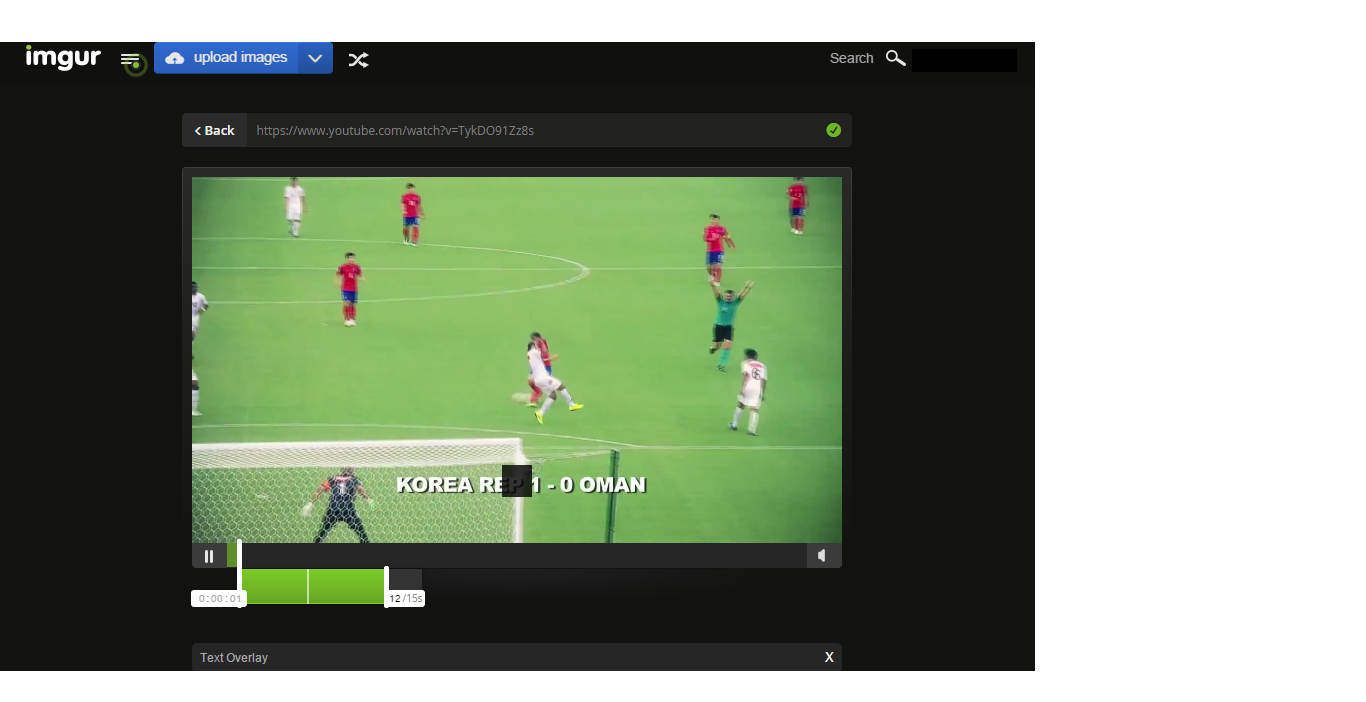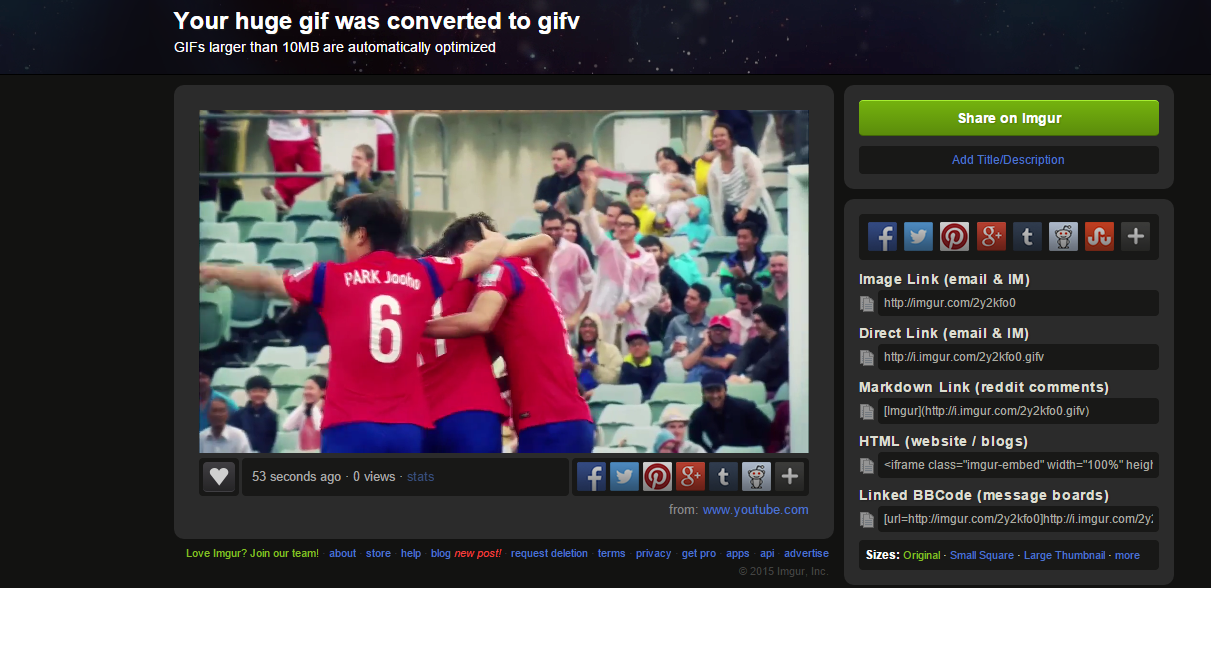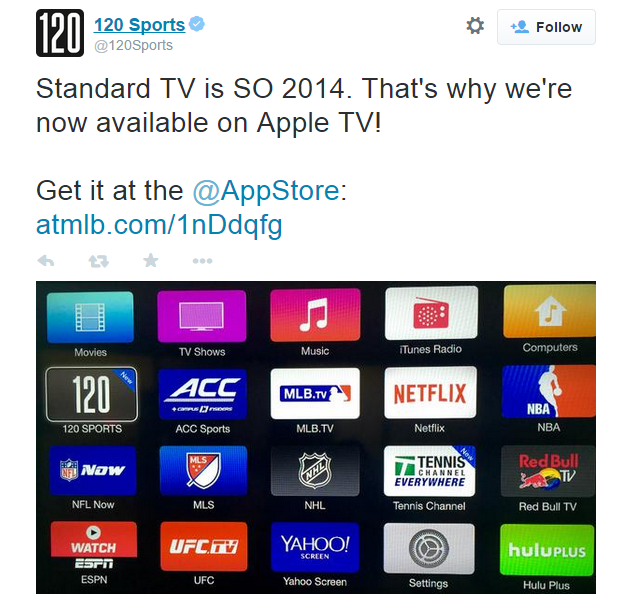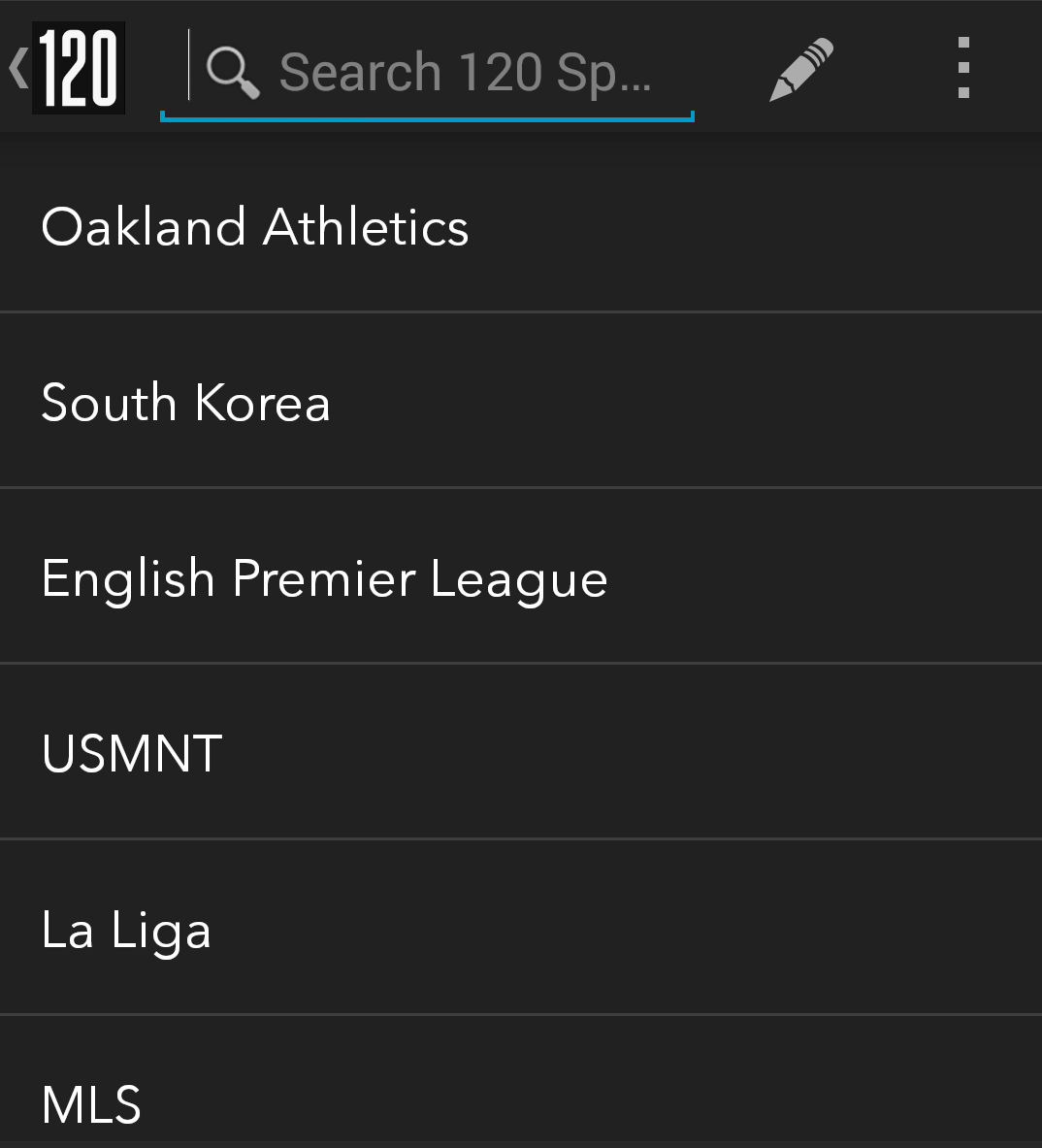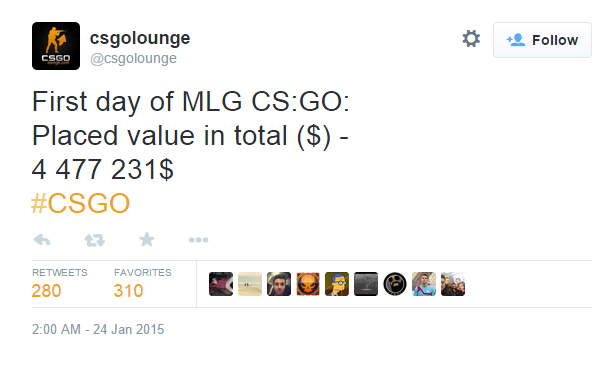There are four inches of fresh snow on the Brown University campus, but in a little office in the Pizzitola Center, junior Tim McKeithan is training to recognize sliders and curveballs.
McKeithan is tracking simulated trajectories on a computer screen while wearing an electroencephalograph (EEG) headset. It’s part of a new system developed by deCervo, a New York-based startup, to measure hitters’ decision-making process.
deCervo is led by Jordan Muraskin and Jason Sherwin, who met during their doctorate studies at Columbia University. Although the company is still in its infancy, the pair have been working on the underlying technology for several years, and have been featured in a number of prestigious publications. And teams are starting to take notice — Brown is the fourth NCAA Division I program to work with deCervo, joining Illinois, Bradley, and Ivy League rival Columbia. Sherwin also said the group was “in talks” with some Major League Baseball teams, and hopes to work with professional hitters during spring training.
The program relies on the Advanced Brain Monitoring B-Alert X10, a wireless EEG headset. The nine electrodes are attached to flexible plastic strips, and are evenly distributed around the subject’s scalp. The signals from the electrodes are sampled at 256 Hz and transmitted wirelessly via Bluetooth for storage on a personal computer.
Once the subject is wearing the headset and the signal quality has been checked, the training can begin using deCervo’s custom-designed software. Before each pitch, a pitch type — fastball, curveball, or slider — is displayed on a blank screen for a second or two. The label disappears, and a green “ball” moves according to one of the three trajectories. If the pitch trajectory matches the type displayed at the beginning, the subject presses a key, representing the decision to swing. The program stores the accuracy and response time for each trial, as well as the EEG signals recorded from the headset.
After McKeithan finishes his training and removes the headset, Muraskin processes the data and explains the results. His software allows them to break down the EEG signal into various components, with markers at the trial start, the moment the pitch first appears, and the time of key press. Muraskin also plots McKeithan’s accuracy as a function of reaction time.
“There’s usually a jump around 300 or 350 milliseconds where the player really starts recognizing the pitch,” Muraskin explained. But, to his surprise, McKeithan has improved, and is starting to recognize the pitches around 270 ms.
“That’s really good,” Muraskin said.
deCervo (whose name is from the French for “of the brain”) are not the only company training baseball players’ brains. Aaron Seitz from UC Riverside gave a talk at last August’s Saberseminar on the improvements the Highlanders’ baseball team saw after training with Ultimeyes, his vision training game. And Boston-based Neuroscouting also offers brain training solutions for elite baseball players. And although Sherwin did not claim to be an expert in Neuroscouting’s techniques, he had heard enough to draw a comparison between the two companies.
“In our research we’ve worked with musicians, with soldiers, with athletes,” Sherwin said. “We see that there are certain brain circuits that are tuned towards whatever context or expertise that person has. And we think that our tech is more efficiently tapping in to what those circuits are doing, and how well they’re doing.”
Support for this belief comes from the differences in performance deCervo sees between baseball players and non-baseball players, as well as the difference between players of different skill levels. Sherwin (who has no baseball playing background beyond high school) contrasted his performance while developing the program with that of McKeithan, who correctly determined whether or not to swing 86 percent of the time.
“It’s a very high number that we see consistently with our players,” Sherwin said. “Jordan and I made this experiment and we still haven’t been able to hit 86 percent accuracy, and what’s even more amazing is that their response time is significantly lower than ours.”
Sherwin also explained that better players produced both higher accuracies and lower response times, suggesting that the program could not only separate good from bad players but also identify the strengths and weaknesses of individual players. So Sherwin and Muraskin began developing profiles, based on each subject’s results, to suggest areas for potential improvement.
“Nobody wants to air their dirty laundry on the field,” Sherwin said. “You don’t want to look like a schmuck missing the slider low and away in the game, you’d rather practice that. Better to do it in the privacy of your own home, on an app or something.”
For now, though, deCervo isn’t suggesting specific practice plans for players, but instead are working with coaches to confirm their findings and discuss how coaches will work to fix each player’s agreed-upon weaknesses.
“The first step is having some kind of common ground,” Sherwin said, “Us showing that we’re measuring what we think is relevant for hitting a baseball, and them also recognizing that this is relevant for hitting a baseball.”
And so far, the coaches they’ve worked with have been receptive to the feedback deCervo is providing. Sherwin said he and Muraskin were excited by their early feedback, especially from Brown head coach Grant Achilles.
“Coach Achilles here, his line is emblazoned in my memory, he said, ‘You guys are showing on a statistical and empirical level what we’re seeing with our players.'”
Grant Achilles took over the head coaching job on an interim basis midway through last season, and is about to start his first full season in the top job. Achilles and his staff use a number of advanced metrics to measure his team’s performance, but doesn’t see himself as a sabermetric pioneer.
“Am I somebody that Bill James will be quoting in his book? Probably not,” Achilles said. “But it’s certainly something that’s growing in baseball, and if you don’t pay attention to it, you’re going to be left behind.”
Before coming to Brown, Achilles was an assistant coach at Wake Forest and Georgetown, big-time athletic programs with big-time athletic department budgets. But the comparatively smaller budget of Brown has forced Achilles to think more creatively about ways to improve his players. Achilles first heard about deCervo through an alumnus, who contacted the new coach after reading about the technology in a research journal. Achilles struck up a relationship with the company’s founders, and the Bears began a training program in December. Although it’s too early to see results in game situations, Achilles is already excited by what he’s seen.
“The actual data they’ve kicked back has given traction to stuff that we’ve seen as coaches but you really can’t explain,” Achilles said. “This data gives us a clearer understanding of why guys are either struggling with pitches or doing well in other situations, so it’s truly backed up the results we’ve seen on-field and in practice.”
The immediate future for deCervo, aside from branching into MLB, is developing a single piece of software that teams could use themselves (after some training) to train players and track their improvements over the course of a season. Sherwin and Muraskin also plan to develop a simpler mobile version of the software for players to use without the EEG headset.
“What’s interesting about the app is that given that we’ve done this [data collection] with a bunch of players and a bunch of non-players, we have a database now of what the neural predecessors look like on average in terms of the behavioral metrics,” Sherwin said. “So if we measure the behavioral metrics, we have an approximate measure of what the neural response looks like beforehand, give them an idea of what their most likely neural response is.”
deCervo is also starting to look outside baseball, working with an NHL team to measure how well goalies recognize puck trajectories and offensive formations. The company has also started to work with the Columbia football team, measuring how fast defensive linemen get off the line when the ball is snapped.
“All this stuff we’re doing right now, we’re starting pretty simplistic and building up,” Muraskin said. “There are things [teams] are doing that fit in well with what we’re doing but we would bring a more rigorous, scientific approach.”
Correction: A quote has been changed in the tenth paragraph from “towards whatever concept or expertise that person has” to “whatever context.”

